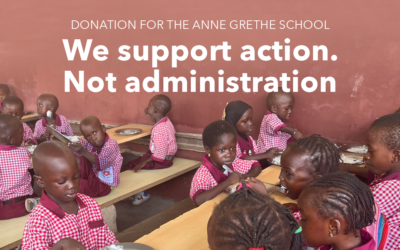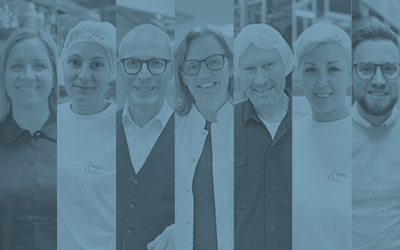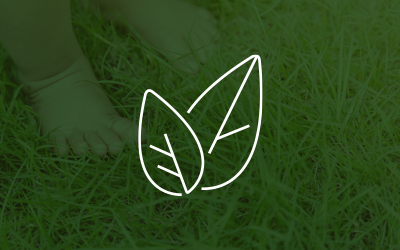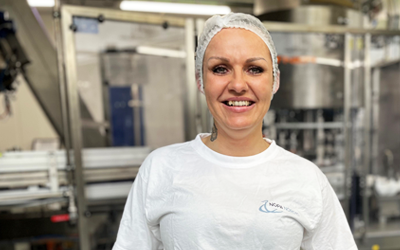The core of our new Life-Cycle Assessment (LCA) tool for all our products is data—vast amounts of data. It has undergone extensive quality checks, external validation, and conversion into concrete parameters to ensure that the tool is accessible and useful. Join us in the engine room.
How do you ensure the accuracy of your data?
How do you translate your data into actionable knowledge?
How do you use your knowledge to act and create an impact?
These are three questions that anyone working with data must constantly address. And they are also three of the crucial questions in the development of our new Life-Cycle Assessment (LCA) tool—the tool that allows our customers and partners to assess the impact of products on our planet based on 17 different parameters.
In this article, we would like to invite you into the engine room of the LCA tool and answer these three questions – plus one more.
How do you ensure that your data is accurate?
We have more than 1,200 products on our shelves – consisting of over 1,000 different raw materials, when we consider both the content and the packaging.
The basis of our data comes from international databases with comprehensive information and documentation about these raw materials, which we have subsequently quality assured and adapted to our production.
In other words, we have reviewed the data to ensure consistency with our reality. For example, there may be clarifications regarding the source of a particular raw material if a database indicates that the material can come from different countries or regions of the world.
At the same time, it has been essential to be precise in terms of what we examine. In the current version of LCA, we have limited it to cradle-to-gate, meaning from raw material to the finished product when it leaves the factory. How the products are transported to our customers and further to their customers is not included.
Throughout the LCA process, we have also followed recognized ISO standards and collaborated with external consultants to have it validated by a third party.
How do you translate your data into actionable knowledge?
The wealth of information has been converted into 17 different parameters within 7 different categories: Human, Air, Water, Nature, Energy, Economy, and CO2.
Instead of saying “This product contains five grams of a particular substance,” we convert it to say, “This product affects our water by 70 units and global warming by…”. You also have the opportunity to compare a product with previous versions, so you can continually see how environmental impact can be reduced.
Combined with our experience and expertise, this means we can provide answers on where it is most valuable to take action.
How do you use your knowledge to take action and create an impact?
When you know what has the most significant effect, it naturally becomes easier to act on it. And for us at Nopa Nordic, it’s easier to engage in dialogue and advise, based on both data and our knowledge and research.
Here, we essentially work backward. If we decide, for example, to reduce water consumption, we look at which raw materials have the highest water usage, and then we either seek alternatives or investigate whether the raw material can be sourced or developed differently.
Working to minimize our impact on our planet is filled with dilemmas, and it’s challenging to achieve perfection in all parameters.
For instance, if you create a product that has an almost negligible impact on our planet but is so expensive that everyone chooses alternative products, it makes no difference. And if, for example, you disrupt the circularity in plastic recycling—where the ideal is that e.g. bottles become new bottles—to use recycled plastic for your product, it can actually have a negative effect in the larger equation.
Therefore, it’s crucial to assess the consequences of different decisions.
One last question: What’s the next step regarding the LCA tool?
We have launched the LCA tool in version 1.0, but we will continue to develop it, and, in fact, we never expect to say, “That’s the final version,” just as we never expect that as humans, we can say, “We have ensured that everything is well on our planet.”
As we use the tool and gain more knowledge, we also discover what’s next.








